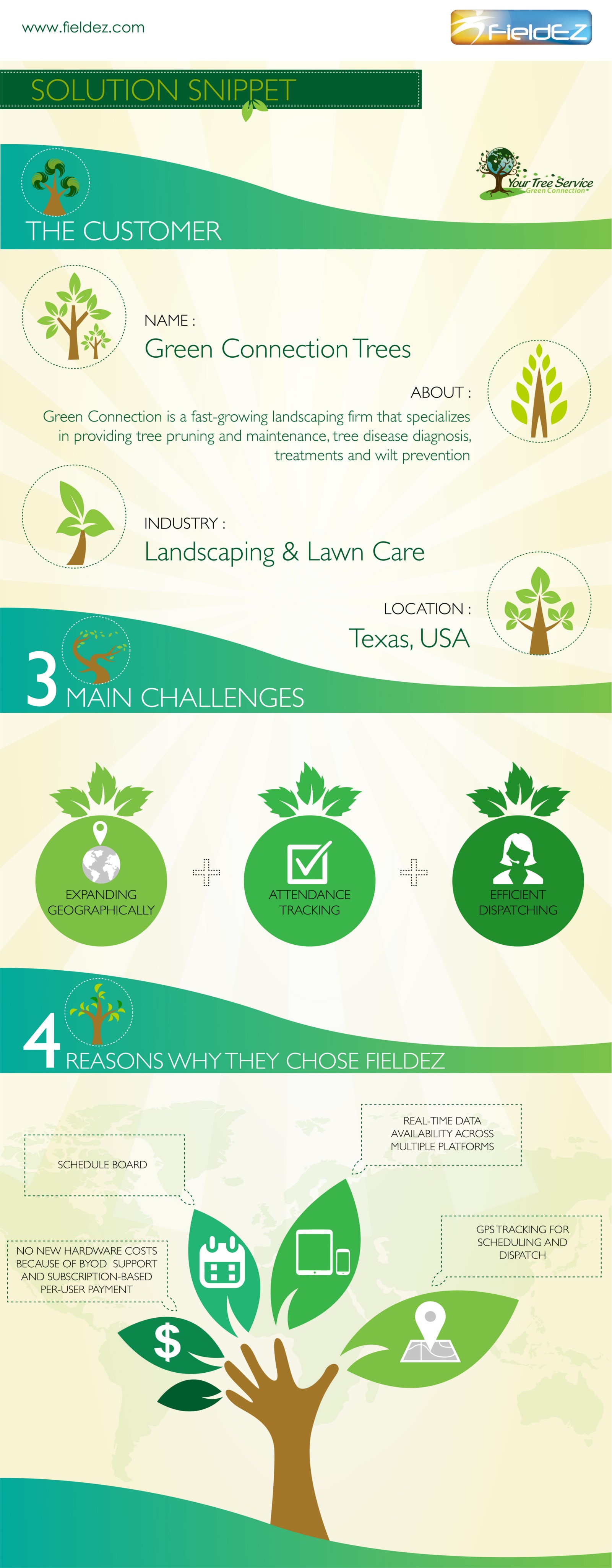Post-Tree Elimination Treatment: Reliable Techniques For Landscape Remediation
Post-Tree Elimination Treatment: Reliable Techniques For Landscape Remediation
Blog Article
Short Article Author-Nunez Mejia
After a tree's removal, your landscape might look fairly different, and it's important to examine the after-effects carefully. You'll intend to review the soil disruption and examine surrounding plants for any kind of indications of anxiety. Ignoring these aspects can cause larger problems down the line. So, what should you make with those stumps and origins? And exactly how do you pick the most effective plants for your rejuvenated space? Let's discover these important steps.
Examining the After-effects: Assessing Your Landscape
After a tree removal, it's vital to analyze your landscape to comprehend the effect it carries your backyard.
Start by examining the area where the tree stood. Try to find signs of dirt disturbance, and examine the bordering plants for any type of tension or damages.
You should also bear in mind of how the elimination has altered sunshine direct exposure and airflow in your yard. This change can influence the growth of close-by plants, so it's essential to assess their health.
Think about the visual facets as well; the removal might create an open space that you can redesign.
Ultimately, think about any kind of prospective disintegration concerns that could emerge from the tree's lack. Dealing with these aspects early will assist restore balance to your landscape.
Taking care of Stumps and Roots: Options for Removal
Once you have actually evaluated the results of the tree elimination, you'll likely need to take on the stump and origins left behind.
You have a few options for removal. One effective method is stump grinding, where an expert uses a device to grind the stump to below ground degree. This method leaves marginal interruption to your landscape.
If you favor a do it yourself method, you can make use of a combination of excavating and chemical stump eliminators. Simply remember, this procedure can take some time and effort.
Conversely, think about leaving the stump as an all-natural function, which can act as a distinct yard component or habitat for wild animals.
Whatever you select, resolving the stump and roots is important for restoring your landscape.
Picking the Right Plants for Your New Area
As you examine your newly cleared room, choosing the right plants can considerably improve your landscape's charm and performance.
Start by considering the sunlight and soil conditions. For bright locations, choose drought-resistant plants like lavender or succulents. In shaded areas, ferns and hostas grow well.
Consider the size and growth practices of your plants; mix perennials and annuals for seasonal variety. Do not forget to include native types; they call for much less maintenance and assistance local wildlife.
Group plants in odd numbers for an extra all-natural appearance and produce layers for aesthetic depth.
Ultimately, ensure you have a mix of colors and structures to maintain your landscape dynamic throughout the seasons.
Satisfied planting!
Conclusion
To conclude, restoring your landscape after tree removal is a satisfying procedure. By examining the results, addressing stumps and origins, and picking the right plants, you'll produce a thriving atmosphere. Don't fail to remember to incorporate erosion control procedures to safeguard your soil. With How And When To Prune Apple Trees and treatment, you can change your area into a vibrant garden that enhances your home. Accept the chance to revitalize your landscape and delight in the charm of nature right in your backyard!
